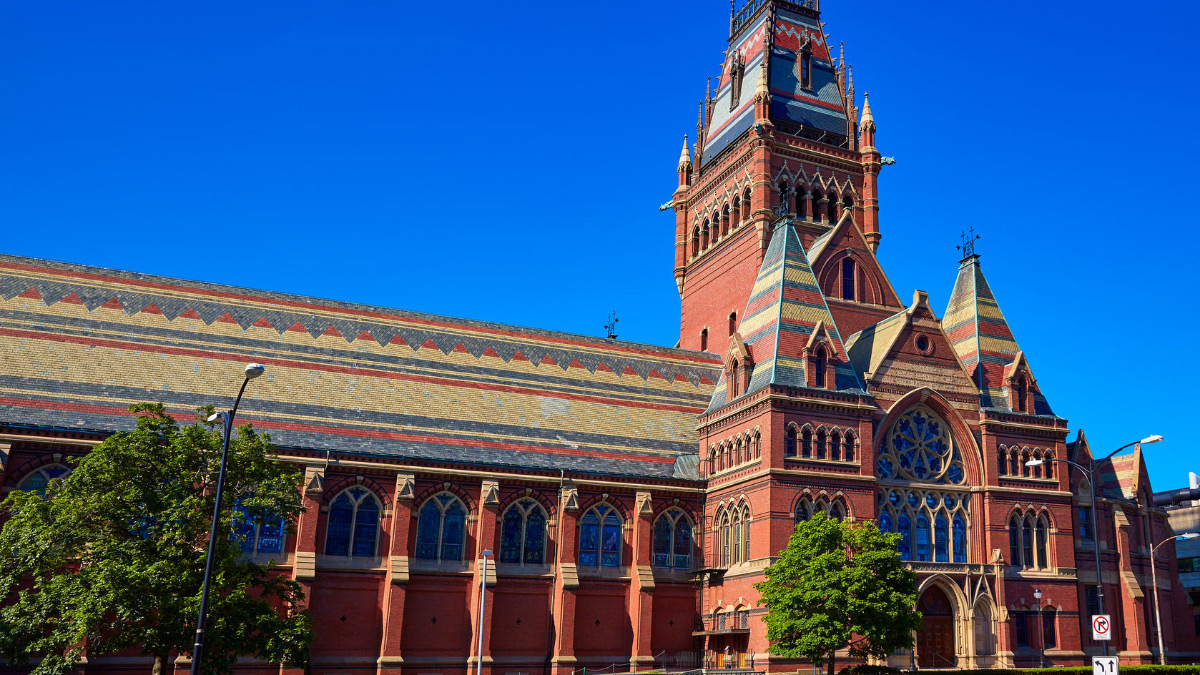Harvard is the oldest (382 years old) and arguably most prestigious American university. Its longevity provides interesting data to compare higher education today with what it was like historically. Let’s do that with respect to college costs and affordability.
In 1860, Harvard’s tuition was $107. Economic historians generally believe the national output at that time was about $120 per person, so Harvard’s tuition equaled roughly eleven months per capita output. Harvard was America’s leading college, but it was just that, what we today would call a liberal arts college, with no Ph.D. programs or much research.
Let’s fast forward to 1953, the year the long (20 year) tenure of James Bryant Conant ended as Harvard’s president. In the 93 years after 1860, like many other schools, Harvard was dramatically transformed, becoming a renowned research university, with large graduate and professional schools in addition to the prestigious undergraduate program. Tuition in 1953 was $800, which, correcting for inflation, implied a rise in the price of Harvard of a bit under 1% a year since 1860. The 1953 tuition fee was less than five months per capita output –the burden of attending Harvard had fallen dramatically from 1860 because of substantial economic growth.
Finally, let’s look at Harvard today. Undergraduate tuition is $44,900 (excluding room, board and other charges bringing total costs to over $60,000). Correcting for inflation, tuition fees have risen at a compounded rate of over 2.8% annually since 1953, far faster than the per capita growth in national output and triple the growth rate of the previous era (1860-1953). Tuition fees now equal about 10 months per capita annual output – by that measure almost what they were in 1860 and over double the burden of 1953.
The declining affordability probably explains why Harvard and other elite private universities remain largely communities of affluent youth. To be sure, Harvard gives lots of financial aid, and a genuinely low-income student can attend there often for less money (in some cases, zero) than it would cost to go to a good state university with fewer financial resources. But there are still a lot of students paying Harvard’s high sticker price. It is no wonder the proportion of college graduates from the bottom quartile of the income distribution today in America is smaller than it was in 1970 –high sticker prices sometimes deter low-income students from even applying.
In 1860 or even in 1953, Harvard was truly “private,” with very little federal government involvement. The Morrill Act of 1862 and extensions affected only public institutions. The GI Bill (1944), comes late in the era and impacted only veterans. Interestingly President Conant publicly opposed it, thinking it would cause more harm than good. The National Science Foundation had barely been established by 1953, so the federal government did not yet dominate research funding. There were no federal student loans, Pell Grants, or tuition tax credits. Also, there was no Office for Civil Rights or even a federal Department of Education to dictate standards for disciplining students, nor federal research regulations (for example, on human subject investigations).
By 2017, however, the federal government has transformed even the Ivy League. Federal research funding is now vitally important. Federal student financial assistance has enabled colleges to raise tuition fees dramatically, as they take advantage of loan and grant programs to extract most of the federal largess for themselves. In an era of relatively high income and estate taxation, tax privileges conferred by the federal government have helped institutions like Harvard build extraordinarily large endowments. So-called private colleges have willingly forfeited some of their independence to federal bureaucrats in order to keep the federal bounty coming. Those bounties are huge for powerful senior members of the Harvard community –full professors average roughly $250,000 annual salaries with light teaching loads; endowment managers make literally millions, etc.
Yet is the Harvard of 2018 dramatically better than the 1953 version? It certainly is costlier—has the added cost been accompanied by dramatic qualitative improvements? Count this author as highly skeptical. Also, has the dramatically increased federal involvement contributed to a growing inequality between American universities—rich schools like Harvard gaining growing resource advantages over humbler institutions, financed partly by federal taxpayers through acts of highly regressive income and wealth distribution?













